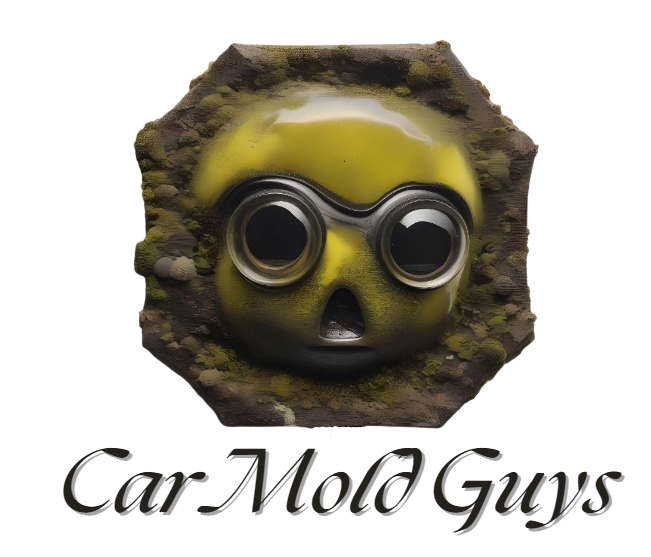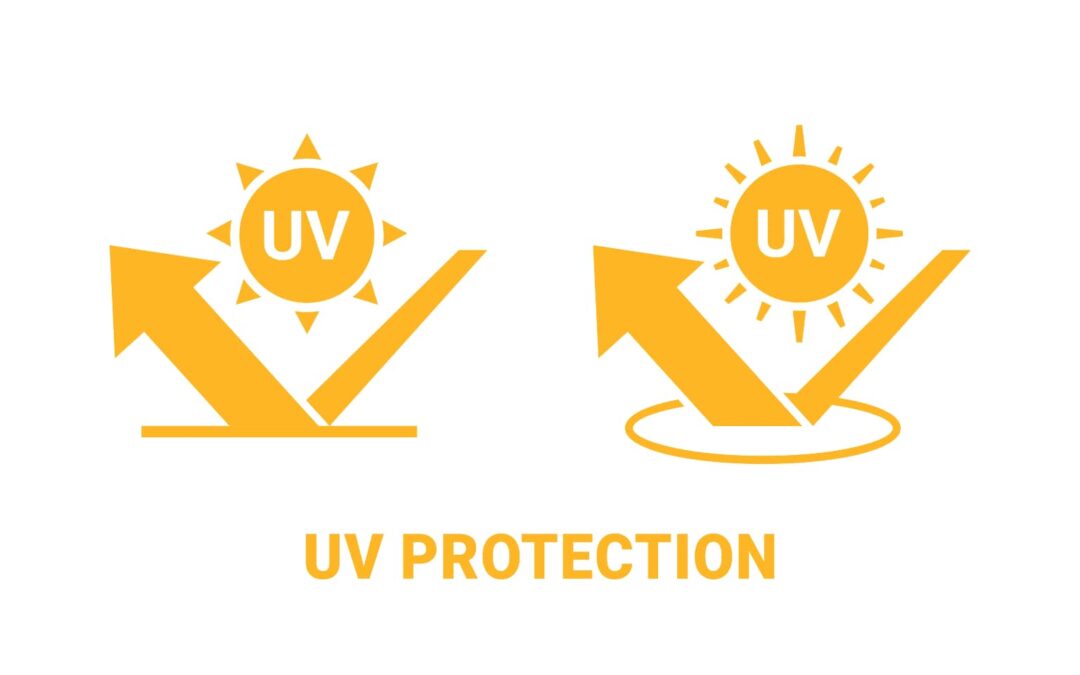Ceramic coating UV protection: Ceramic coatings have become increasingly popular as an effective way to protect various surfaces, including automotive paint, marine vessels, and even building exteriors, from the harmful effects of ultraviolet (UV) radiation. But how exactly does this innovative technology work? In this article, we’ll explore the science behind ceramic coatings and how they help prevent UV damage to surfaces.
The Science of UV Radiation
UV radiation is a form of electromagnetic radiation that originates from the sun. It has shorter wavelengths than visible light, making it invisible to the human eye. UV radiation is typically divided into three categories: UVA, UVB, and UVC. UVA and UVB are the most prevalent and harmful types, as they cause molecular damage in organic materials, such as plastics, textiles, and paint, leading to fading, cracking, and peeling.
Ceramic Coatings: The Basics
Ceramic coatings are liquid polymers comprised of nanoparticles, such as silicon dioxide (SiO2), titanium dioxide (TiO2), or a combination of both. These coatings bond to a surface at a molecular level, creating a durable, semi-permanent barrier that resists water, chemicals, dirt, and UV radiation. Ceramic coatings are incredibly thin, usually measuring just a few microns in thickness. Despite their seemingly delicate nature, they provide robust and long-lasting protection to the surfaces they’re applied to.
How Ceramic Coatings Block UV Damage
Ceramic coatings work to block UV radiation in several ways:
Reflective Properties: The nanoparticles in ceramic coatings have high refractive indices, which means they effectively reflect and scatter UV radiation. By doing so, they minimize the amount of UV radiation that reaches the surface, reducing the risk of damage.
Absorption: Ceramic coatings can absorb a portion of the incoming UV radiation, converting it into heat, which is then dissipated. This process helps to further protect the surface from UV-induced degradation.
Chemical Resistance: The chemical structure of ceramic coatings is highly resistant to UV radiation. This means that the coating itself is not degraded by exposure to sunlight, ensuring that the protective barrier remains effective over time.
Benefits of Ceramic Coatings for UV Protection
Ceramic coatings offer several advantages for protecting surfaces from UV damage:
- Longevity: Ceramic coatings provide long-lasting protection, often lasting several years, depending on the quality and maintenance of the coating.
- Easy Maintenance: Coated surfaces are easier to clean due to their hydrophobic properties, which repel water and dirt.
- Enhanced Aesthetics: Ceramic coatings enhance the appearance of surfaces by providing a high-gloss finish and preventing fading or discoloration from UV exposure.
- Versatility: Ceramic coatings can be applied to a wide range of surfaces, including metal, glass, plastic, and paint.
Conclusion
Ceramic coatings represent a cutting-edge technology for protecting surfaces from the harmful effects of UV radiation. By reflecting, absorbing, and resisting UV radiation, these coatings help to prolong the life and maintain the appearance of various assets. As the technology continues to evolve, ceramic coatings will likely become an even more integral part of maintaining and preserving surfaces exposed to the elements.

